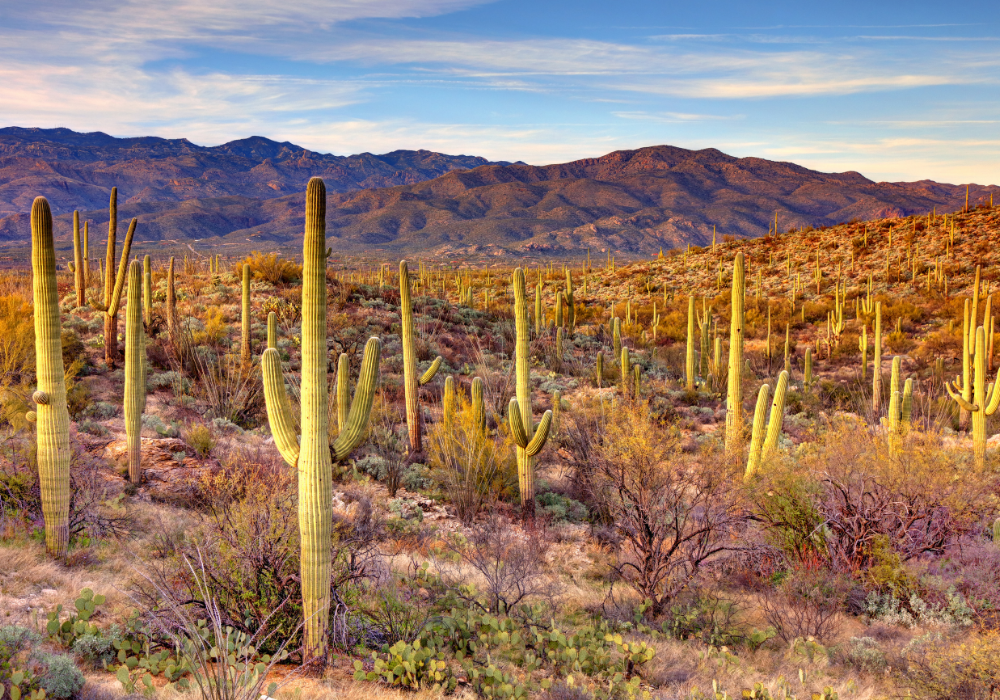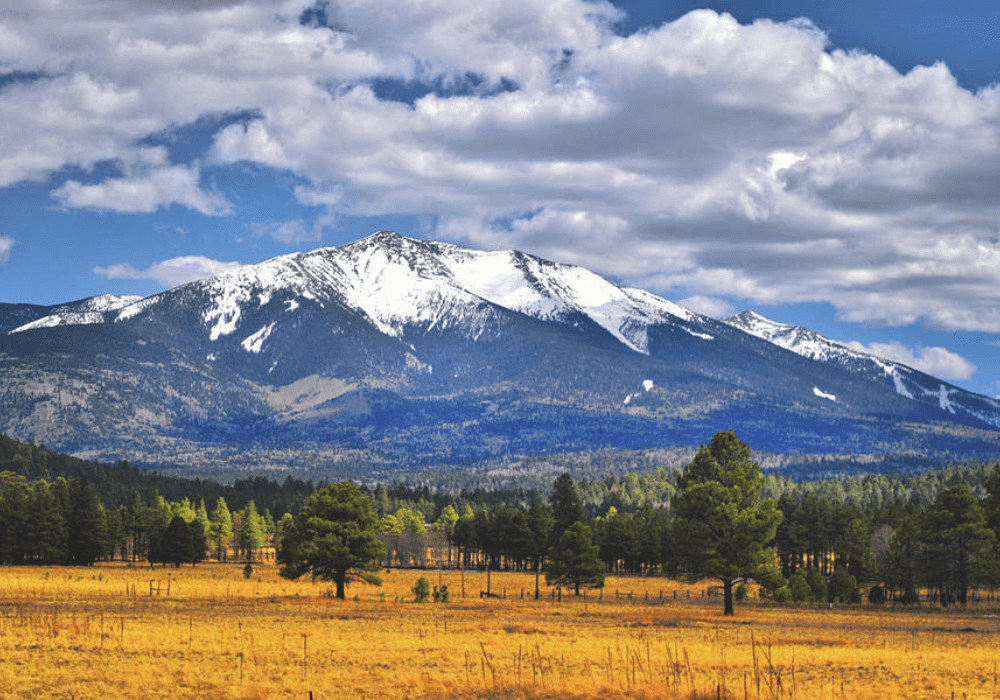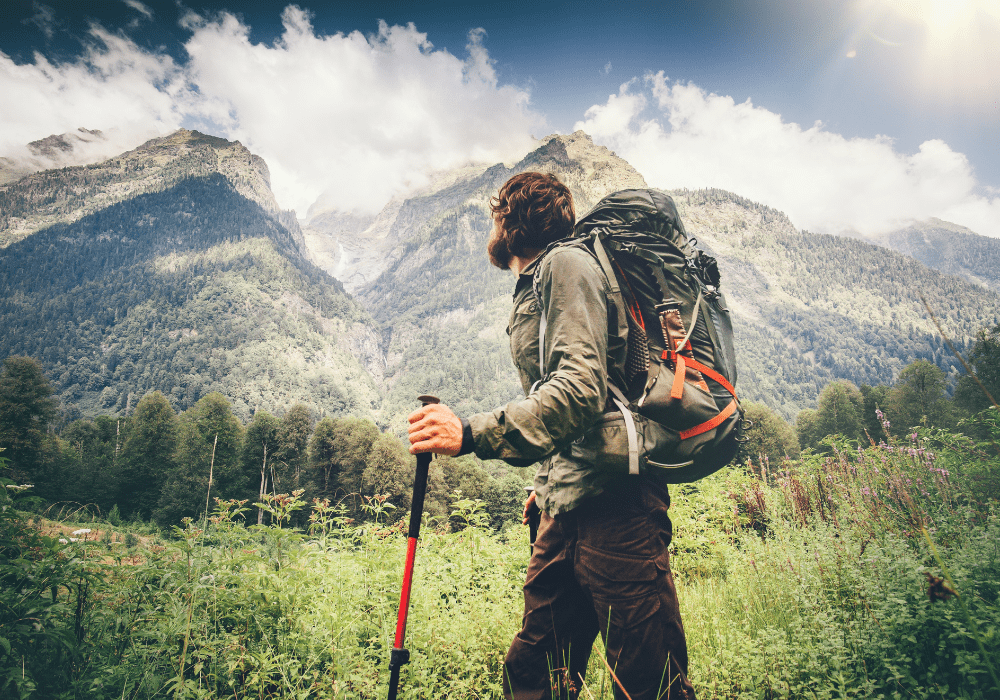
Saguaro National Park
Location: Arizona, United States
Features: Wilderness, hiking trails, camping, cactus garden
Table of Contents
About Saguaro National Park

Saguaro National Park is an American national park in Pima County, southeastern Arizona. The 92,000-acre park consists of two separate areas, the Tucson Mountain District (TMD) about 10 miles (16 km) west of the city of Tucson and the Rincon Mountain District (RMD) about 10 miles (16 km) east of the city that preserve Sonoran Desert landscapes, fauna, and flora, including the giant saguaro cactus.
Top 3 Adventure Hacks For Saguaro National Park
1) Signal Hill Petroglyph Area
It is the main attraction in Saguaro National Park, just north of the Signal Hill picnic area is the largest petroglyph site in the Tucson Mountain District of Saguaro National Park. The Signal Hill Petroglyph Site occupies a small but very distinct rocky hill that is about 200 feet in diameter at its base and is 40 feet high. The site consists of over 200 prehistoric Native American petroglyphs many of which can be viewed from the visitor trail that ascends the hill These petroglyphs were created from between about 550 to 1550 years ago.
2) Wide Open Recreation
The park is generally open to hikers all day every day except Christmas; the Tucson Mountain District is open to vehicle traffic from sunrise to sunset and the Rincon Mountain District from 7 a.m. to sunset. Both districts have visitor centers. More than 165 miles of hiking trails wind through the park, where perils may include extreme heat, dehydration, flash floods, cactus spines, snakes, cougars, bears, and Africanized bees. The Rincon Mountain District is open to wilderness camping, which requires a permit, but no overnight camping is permitted in the Tucson Mountain District.
No matter what the adventure, always bring the necessary outdoor gear with you.
3) Hot Climate
Saguaro National Park has a Hot semi-arid climate. Brief violent summer rains are usually accompanied by lightning, dust storms and flash floods. Some moisture at the highest elevations in the Rincons falls as snow in winter; snowmelt adds to the limited water available at lower elevations later in the year.
Been to this national park recently?
Please rate it and tell us about your experience!




